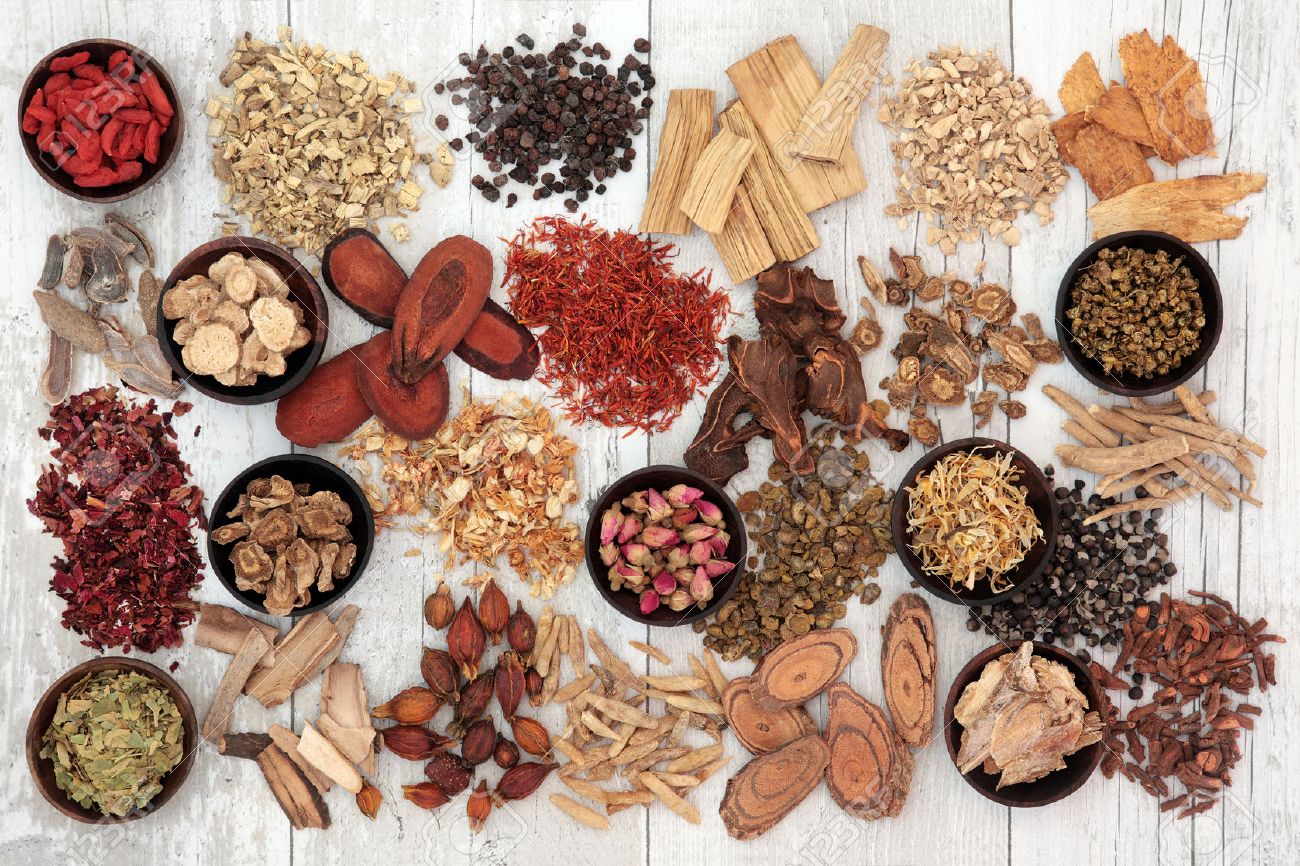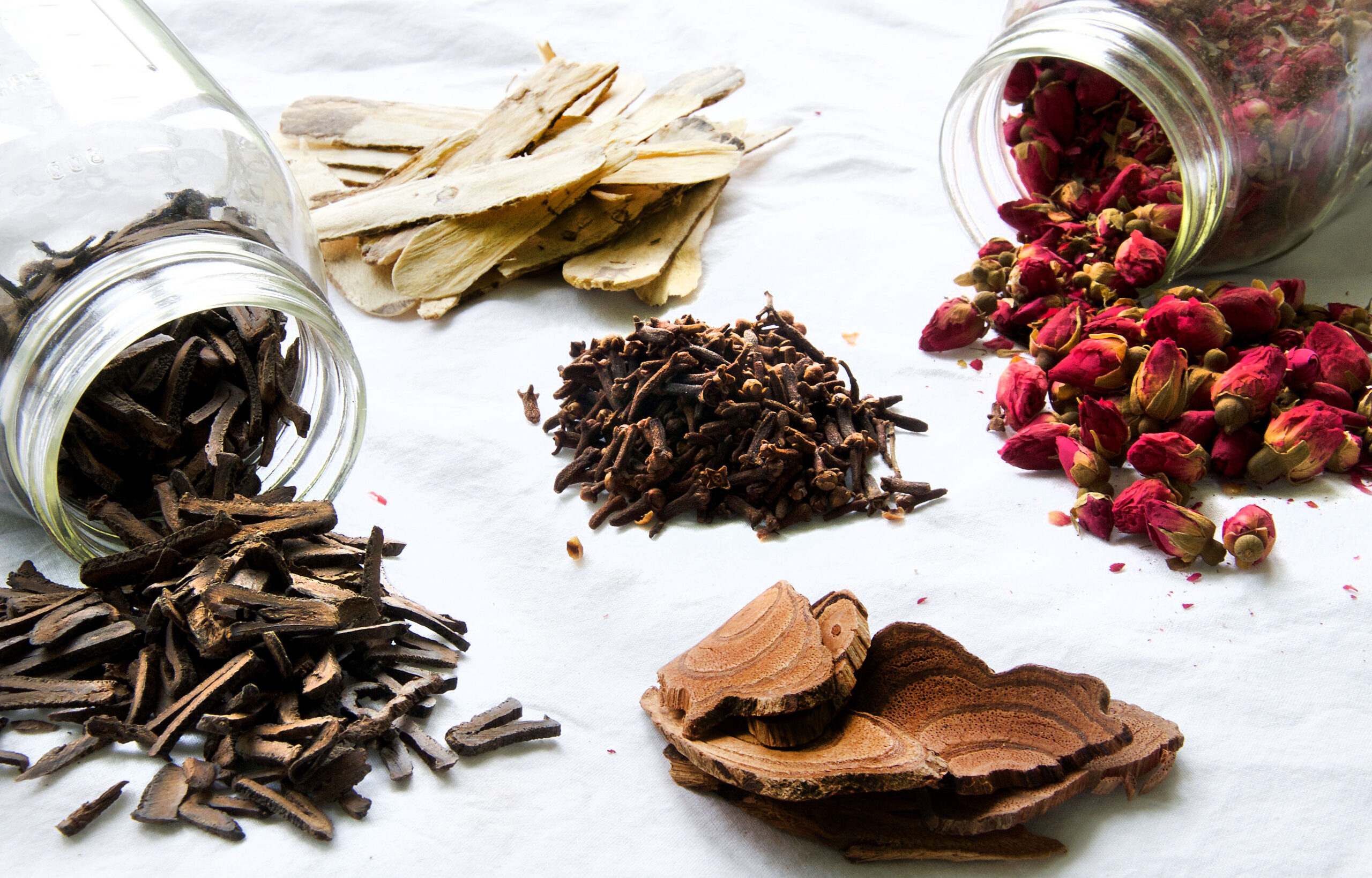Traditional Chinese medicine is regaining traction in the United States. Medical experts have said that acupuncture in particular has really taken off recently.
CCTV America’s Bianca Davie filed this report from Washington, D.C.
Read more: http://www.cctv-america.com/2015/02/23/traditional-chinese-medicine-regaining-popularity-in-u-s#ixzz3Ux6nIfkR
Dr. Lin Hong runs one acupuncture facility located just outside of Washington, D.C. and says only about 10 percent of business comes from Asian clients. The majority of her patients have been Americans of other races who’ve been referred to her by their primary doctors.
According to the National Certification Commission for Acupuncture and Oriental Medicine, there are 27,835 certified acupuncturists in the United States, with the majority, or 37 percent in the state of California.
“Americans can accept traditional Chinese medicine because it works, especially for treatments of chronic pains. Then, they found the efficacy of traditional Chinese medicine in treating insomnia and anxiety disorders,” Dr. Lin said. “It opens the market for traditional Chinese medicine.”
Richard Spivack, a patient who came to Dr. Lin in search of relief after being treated for cancer said radiation drugs left his hands and feet feeling numb.
“I decided to reduce the amount of pills I was taking. I made a few phone calls and they recommended acupuncture. I tried several times and it worked,” Spivack said. “Now, I understand a little bit about the concept of ‘Qi’. I understand that Dr. Lin relies on pulse and tongue diagnosis because the body is a whole unit. Although I come to treat my feet, the doctor will use acupuncture on my head which will improve blood circulation of the entire body.”
Dr. Lin graduated from the Shanghai University School of Traditional Chinese Medicine but the U.S. still requires doctors like Lin to complete special courses and an exam before they’re able to practice in 43 of the 50 U.S. states that allow the practice of Chinese medicine.
According to the most recent data by the National Certification Commission for Acupuncture and Oriental Medicine, there are more than 27,000 licensed practitioners of acupuncture in the U.S.


